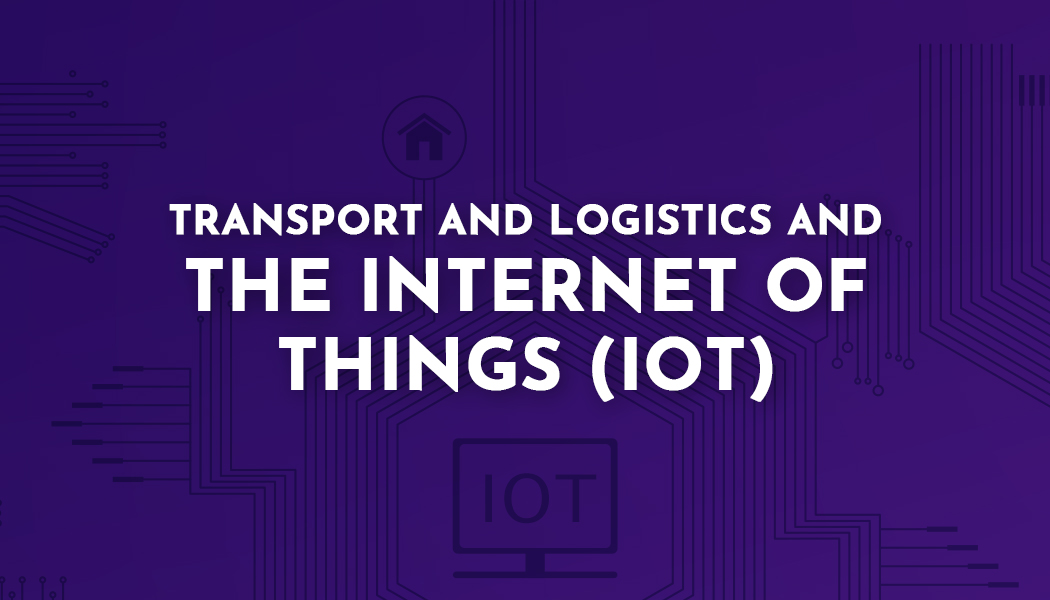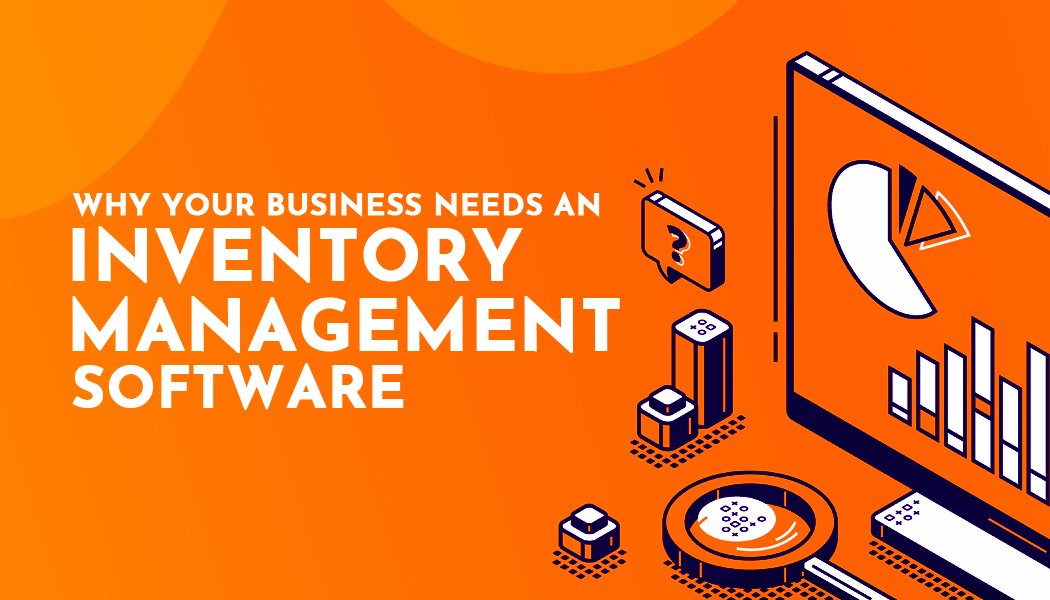Transport and Logistics and the Internet of Things (IoT)
Technology has revolutionized almost all sectors of many countries' economies and changed how things are done. The transport and logistics sectors have also been influenced in a big way by these innovations, and one such innovation that has changed these areas is the Internet of Things (IoT).
So, what is the Internet of Things? The term refers to all kinds of devices–tablets, computers, machine monitoring sensors, and others–which are connected via the internet to form a network that can collect and share data. The Businesses can use IoT fleet management, for instance, to enhance their transport and logistic processes.
Below are some ways in which IoT has influenced the transport and logistic industries:
Application of IoT in the warehouse
Using IoT like radio-frequency identification (RFID) tags, it is possible to monitor stock levels in real-time. The manager knows the quantity of each item and its exact location in the warehouse. When the advanced analytics behind the systems are applied, they can come up with the most efficient routes for forklifts as they pick orders for shipping. Using IoT information on the location of vehicles en route to collect the orders is also communicated, so the warehouse can plan accordingly. This significantly reduces the time that the vehicle spends at the loading bay. The connectivity would also help to redirect the truck to where supplies are available in case they are not in stock at the initial ordering point.
Reliable Vehicle Monitoring
Businesses can track the location of their vehicles using IoT and GPS trackers, thus evaluate the cost-effectiveness of the route taken by a driver against other alternate routes. Since the fleet operators and managers are well-acquainted with the delivery process, they can gauge the workers' performance and give incentives to enforce good performance. They can also proactively respond to issues on the road and bring them under control without huge losses.
So, would you want real-time automobile trackers to help you keep an eye on your fleet vehicles? You can work with Eyeride experts who have long experience in installing these devices on vehicles. They also offer other in-vehicle technologies that make driving and commuting safer and more enjoyable.
Managing Fuel Costs
RFID-enabled devices together with GPS can facilitate monitoring of fuel consumption and gauging costs to avoid shipping to areas with high fuel costs by rerouting deliveries through areas with low fuel costs. This may entail directing trucks routes to stations with lower fuel costs and even transferring cargo from trucks to rail to reduce the expenses further by sharing the transport cost with other shipments. This ability to make real-time decisions on multi-modal transport depending on the fuel cost in various regions is a real game-changer in logistics nowadays. It places the ability to control transportation costs in their hands, unlike in the past, where the control was due to factors beyond the fleet manager's control.
Enhanced Security
With the connected gadgets, it is possible to control those who enter stockrooms at any one moment, keep tabs on all items, and alert the relevant people if anything goes missing. Some of the IoT-powered security devices include connected surveillance cameras, apps that can allow remote closing or blocking of facilities' doors, and applications that enable tracking of deliveries, among others.
Transport and logistic industries can utilize IoT in many ways such as those discussed above and many more. The innovation can help improve to operations efficiency and serve customers better, thus increasing brand loyalty, sales, and profitability. It can also help to reduce costs and monitor assets. Indeed, all firms in transport and logistics have to adopt IoT to operate profitably and match the competition.




